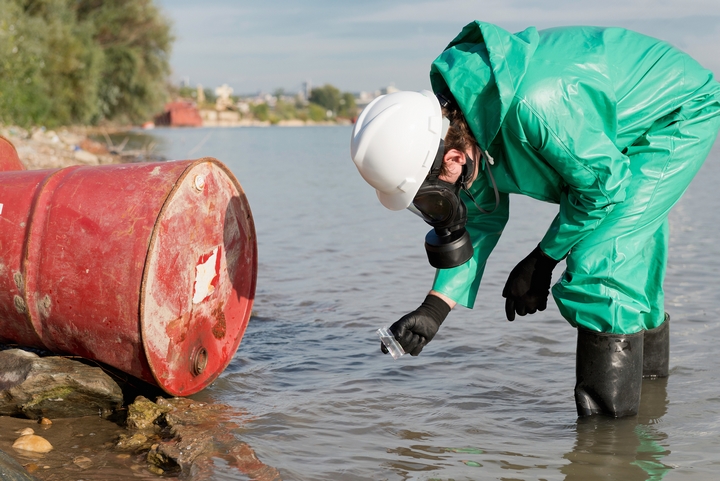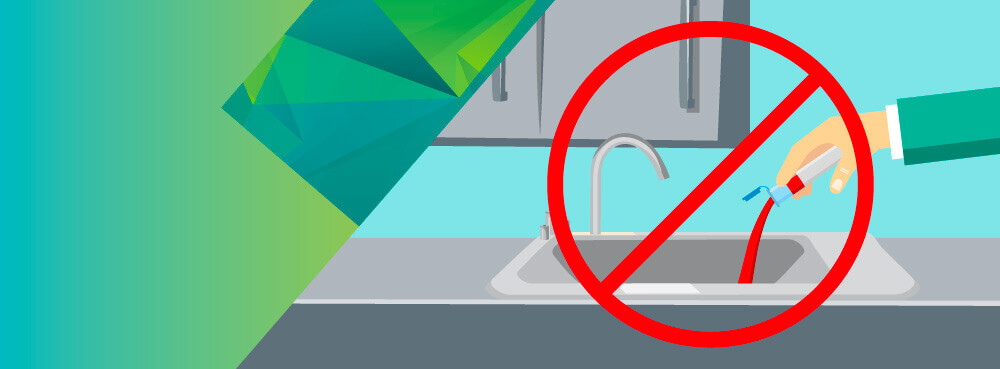Top Liquid Waste Disposal Melbourne: Trusted Providers for Appropriate Waste Administration
Top Liquid Waste Disposal Melbourne: Trusted Providers for Appropriate Waste Administration
Blog Article
Exactly How Liquid Garbage Disposal Works: An In-depth Review of Strategies and Technologies Utilized

Introduction of Liquid Waste Kind
The complexity of liquid waste types demands an extensive understanding of their qualities and ramifications for disposal. Fluid waste can broadly be categorized right into a number of kinds, including commercial, municipal, farming, and contaminated materials. Each category exhibits distinct properties, calling for certain administration strategies to mitigate environmental and health and wellness threats.
Industrial fluid waste originates from making processes and frequently consists of a range of contaminants, such as heavy metals, solvents, and natural substances. Community fluid waste, primarily comprising wastewater from houses and commercial establishments, includes organic issue, nutrients, and pathogens (industrial wastewater treatment). Agricultural liquid waste, consisting of drainage from ranches, may contain fertilizers, chemicals, and pet waste, posing dangers to water quality and environments
Harmful fluid waste is identified by its poisoning, reactivity, or prospective to trigger damage. This classification consists of compounds like acids, bases, and specific chemicals that necessitate rigorous handling and disposal methods. Recognizing these diverse fluid waste kinds is vital for creating reliable disposal techniques and making sure conformity with ecological laws. Proper category and characterization are necessary for implementing suitable treatment techniques and lessening the adverse effects on public wellness and the environment.
Physical Therapy Methods

Screening is the first action, where larger particles and particles are eliminated from the fluid waste making use of displays or grates. In sedimentation tanks, heavier bits clear up at the base, forming a sludge layer, while the clarified liquid can be more treated.
Filtration is one more necessary technique that includes passing the fluid via permeable products, such as sand or membranes, to record smaller sized fragments. This action boosts the quality of the fluid, making it ideal for succeeding treatment processes.

Chemical Therapy Strategies
Chemical treatment techniques are important for efficiently managing fluid waste, specifically in addressing liquified and colloidal pollutants that physical approaches might not sufficiently get rid of. These methods make use of numerous chemical agents to neutralize, precipitate, or transform hazardous compounds right into much less unsafe forms.
One typical approach is coagulation and flocculation, where chemicals such as alum or ferric chloride are added to advertise the aggregation of put on hold particles. This process improves sedimentation, permitting simpler elimination of the resulting sludge. In addition, oxidation procedures, utilizing agents like chlorine or ozone, are utilized to break down complicated organic compounds and pathogens, providing the waste safer for discharge or further treatment.
Neutralization is another vital method, which changes the pH of acidic or alkaline waste streams to neutral degrees, stopping potential harm to downstream systems and the environment. In addition, progressed oxidation processes (AOPs) make use of combinations of oxidants and ultraviolet light to degrade relentless contaminants, achieving a higher degree of treatment effectiveness.
Biological Therapy Procedures
Organic therapy procedures play a check my source critical function in the monitoring of liquid waste by making use of bacteria to decay raw material and minimize pollutant degrees. These processes can be generally classified right into cardiovascular and anaerobic therapies, each utilizing certain microbial areas to achieve effective waste destruction.
Cardio treatment includes the usage of oxygen to promote the malfunction of organic materials by bacteria. This procedure is generally carried out in activated sludge systems, where oygenation tanks give a favorable atmosphere for microbial growth, leading to the oxidation of organic contaminants. The resultant biomass can be divided from dealt with effluent via sedimentation.
In contrast, anaerobic therapy happens in the lack of oxygen, counting on various microorganisms to damage down organic matter. This approach is especially helpful for high-strength waste, as it produces biogas, a sustainable energy source, while reducing sludge production. Technologies such as anaerobic digesters are often utilized in municipal and commercial try these out applications.
Both anaerobic and aerobic organic treatments not only reduce the ecological effect of liquid waste but also promote resource recovery, making them essential components of sustainable waste management techniques. Their performance, performance, and flexibility support their extensive implementation across numerous markets.
Emerging Technologies in Disposal
Cutting-edge techniques to liquid garbage disposal are rapidly evolving, driven by advancements in modern technology and a raising focus on sustainability. Among these emerging modern technologies, membrane bioreactors (MBRs) have actually obtained grip for their ability to combine organic therapy with membrane layer filtration, leading to top quality effluent that can be recycled in numerous applications. MBRs allow smaller sized impacts and extra efficient operations compared to typical systems.
One more encouraging growth is using anaerobic digestion integrated with nutrient recuperation innovations, which not just treats fluid waste yet also produces biogas and recoups valuable nutrients like nitrogen and phosphorus. This dual advantage boosts resource efficiency and minimizes ecological effect.
Additionally, advanced oxidation procedures (AOPs) are being adopted for the deterioration of intricate organic contaminants. These approaches use powerful oxidants and stimulants to break down impurities at the molecular degree, providing a very efficient remedy for tough waste streams.
In addition, the integration of man-made intelligence and artificial intelligence in waste administration systems is enhancing operational effectiveness and anticipating upkeep, leading to reduced prices and enhanced ecological conformity. These modern technologies show a significant shift towards even more lasting and liquid waste disposal melbourne effective fluid garbage disposal techniques.
Conclusion
In verdict, effective liquid waste disposal necessitates a comprehensive understanding of various techniques and modern technologies. By continuously advancing these techniques, it comes to be possible to address the growing difficulties associated with fluid waste, inevitably contributing to ecological defense and resource recovery.
Fluid waste disposal is an important facet of ecological management, calling for a detailed understanding of different techniques and modern technologies customized to different waste kinds. Fluid waste can generally be categorized right into numerous types, including commercial, municipal, farming, and harmful waste. Agricultural liquid waste, consisting of drainage from farms, might include plant foods, chemicals, and animal waste, presenting threats to water quality and ecosystems.
Different physical therapy approaches play a vital role in handling fluid waste properly - industrial wastewater treatment.In conclusion, effective liquid waste disposal necessitates a thorough understanding of numerous methods and innovations
Report this page